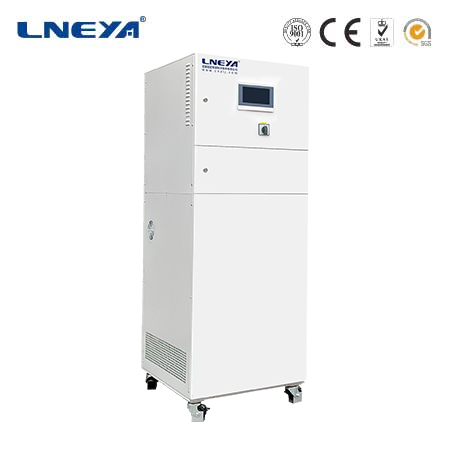the difference between air & water cooled chiller
The Difference Between Air-Cooled and Water-Cooled Chillers
Industrial processes often generate significant amounts of heat, necessitating the use of cooling systems to maintain optimal operating temperatures. Chillers are among the most common solutions, with air-cooled and water-cooled systems being the two primary types. Each has its own set of advantages and disadvantages, making one more suitable for certain applications than the other.

Mechanisms of Air-Cooled and Water-Cooled Chillers
Air-Cooled Chillers: These systems use ambient air to dissipate heat. Fans force air over the condenser coils, which contain the refrigerant, and this process eliminates heat from the refrigerant. The cooled refrigerant is then circulated through the industrial process to achieve a cooling effect.
Water-Cooled Chillers: They utilize the high heat capacity of water to chill the refrigerant. A mixture of water and glycol is circulated in a sealed network of tubing. The chilled refrigerant is passed through a heat exchanger that interfaces with the industrial process, and the warmed coolant is returned to a cooling tower or refrigeration unit to reject the acquired heat.
Efficiency and Operational Costs
Air-cooled chillers are generally less energy-efficient than water-cooled chillers due to their reliance on ambient air temperatures. They also consume more energy to power the fans necessary for the cooling process. However, water-cooled chillers, while more energy-efficient, may have higher operational costs due to the need for water treatment and cooling tower maintenance.

Installation Costs
Air-cooled chillers typically have lower installation costs as they do not require the installation of a cooling tower or water source. They are often pre-packaged units that are easier to install. Water-cooled chillers, on the other hand, may have higher initial costs due to the need for a cooling tower and water circulation infrastructure.
Maintenance
Maintenance for air-cooled chillers is generally simpler and less frequent, as there are fewer components that can fail. However, water-cooled systems require regular maintenance, including water treatment, cooling tower cleaning, and tube maintenance to prevent scaling and fouling.

Applications
Air-cooled chillers are suitable for areas with limited water resources or where the installation of water infrastructure is not feasible. They are also ideal for indoor locations with adequate ventilation. Water-cooled chillers are more suitable for large-scale industrial processes that require significant cooling capacities and are less affected by ambient temperatures.
Conclusion
The choice between an air-cooled and water-cooled chiller depends on various factors, including the specific cooling needs of the process, available resources, environmental considerations, and budget constraints. Air-cooled chillers offer simplicity and lower initial costs but may be less energy-efficient and have higher operational costs. Water-cooled chillers provide higher efficiency and cooling capacity but require more extensive infrastructure and maintenance. Understanding these differences is crucial for selecting the most appropriate cooling system for a given industrial application.
Related recommendations
chillers australia
326The chiller market in Australia is a dynamic and growing sector, driven by various factors including extreme climate conditions, rising urban population, increasing disposable income, and growing ...
View detailstemperature process control system
322Temperature Process Control Systems: Ensuring Precision in Industrial Processes Temperature process control systems are essential in maintaining the precise temperature conditions required for ...
View detailschiller kw
247Chiller kw In the world of refrigeration, the term "chiller kw" is of great importance. Kilowatts (kw) are a unit of measurement used to express both the power consumption of a chiller and its ...
View detailslarge tonnage chillers
340Understanding Large Tonnage Chillers Large tonnage chillers are industrial-scale refrigeration systems designed to provide substantial cooling capacities, often ranging from hundreds to thousan...
View details
 LNEYA Thermal Test Chillers
LNEYA Thermal Test Chillers





HelloPlease log in